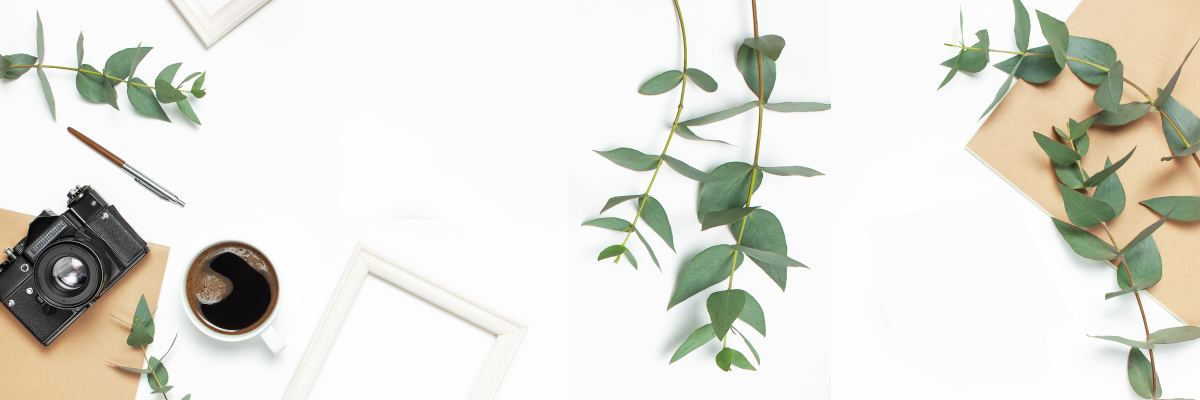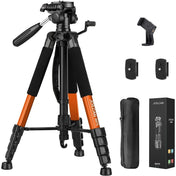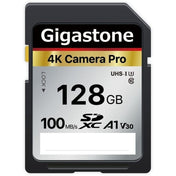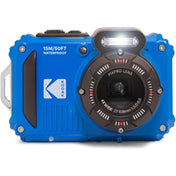What is Depth of Field? Picture this: you're out in nature, your camera in hand, ready to capture the beauty that surrounds you. You spot a stunning flower, its vibrant colors popping against the greenery. You raise your camera, focus on the flower, and click. But when you review the image later, you notice that the background is distractingly sharp, taking away from the main subject. What went wrong? The answer lies in understanding depth of field.
What is Depth of Field?
Depth of field refers to the area in a photograph that appears in focus. It is determined by several factors, including aperture, focal length, and distance from the subject. Understanding how these elements interact can help you create visually impactful images that draw your viewers' attention to your intended subject.
Aperture plays a significant role in controlling depth of field. It refers to the opening in your lens that allows light to pass through. The wider the aperture (smaller f-number), the shallower the depth of field. So, if you want to blur the background and make your subject stand out, choose a wider aperture like f/2.8 or f/1.8.
Focal length also affects depth of field. Longer focal lengths, such as 200mm, tend to have a shallower depth of field compared to wider focal lengths like 35mm. So, if you're using a telephoto lens and want to isolate your subject from the background, zoom in and use a wider aperture.
Controlling Depth of Field
Now that you understand the basics, let's dive deeper into how you can control depth of field to create visually striking images:
1. Aperture Priority Mode
If you're new to photography or prefer to let your camera do some of the work, try using Aperture Priority mode. This mode allows you to set the desired aperture while the camera selects the appropriate shutter speed for correct exposure. It's a great way to experiment with different apertures and see how they affect depth of field.
Remember, wider apertures like f/1.8 or f/2.8 will give you a shallow depth of field, while smaller apertures like f/16 or f/22 will result in a deeper depth of field.
2. Distance from Subject
The distance between your camera and the subject also influences depth of field. The closer you are to the subject, the shallower the depth of field. So, if you're shooting a portrait and want to blur the background, get closer to your subject. On the other hand, if you want to capture a landscape with everything in focus, step back and increase the distance between you and the subject.
3. Focus on the Subject
One of the most crucial factors in creating visual impact is ensuring that your subject is in sharp focus. Use the autofocus feature on your camera to lock focus on the subject, or if you prefer manual focus, take your time to get it just right. Remember, even with a shallow depth of field, the subject's eyes or the main point of interest should be tack sharp.
4. Background and Foreground Elements
Pay attention to the elements in the background and foreground of your image. If there are distracting elements that take away from your subject, consider adjusting your composition or changing your shooting angle. Look for natural frames or leading lines that can guide the viewer's eye towards the subject.
Additionally, incorporating layers in your composition can add depth and visual interest to your images. Experiment with foreground elements that are slightly out of focus, leading the viewer's eye towards the main subject.
5. Experiment and Have Fun!
Photography is all about experimentation and finding your own unique style. Don't be afraid to play around with different apertures, focal lengths, and compositions. Sometimes, the best way to understand depth of field is through trial and error.
Creating Visual Impact
Now that you have a grasp on how to control depth of field, it's time to put your knowledge into practice and create visually impactful images. Remember, the key is to use depth of field as a tool to guide your viewer's attention and highlight your subject.
Whether you're capturing portraits, landscapes, or still life, understanding and utilizing depth of field can elevate your photography to new heights. So, grab your camera, head out into the world, and let your creativity take flight!
Happy shooting!












